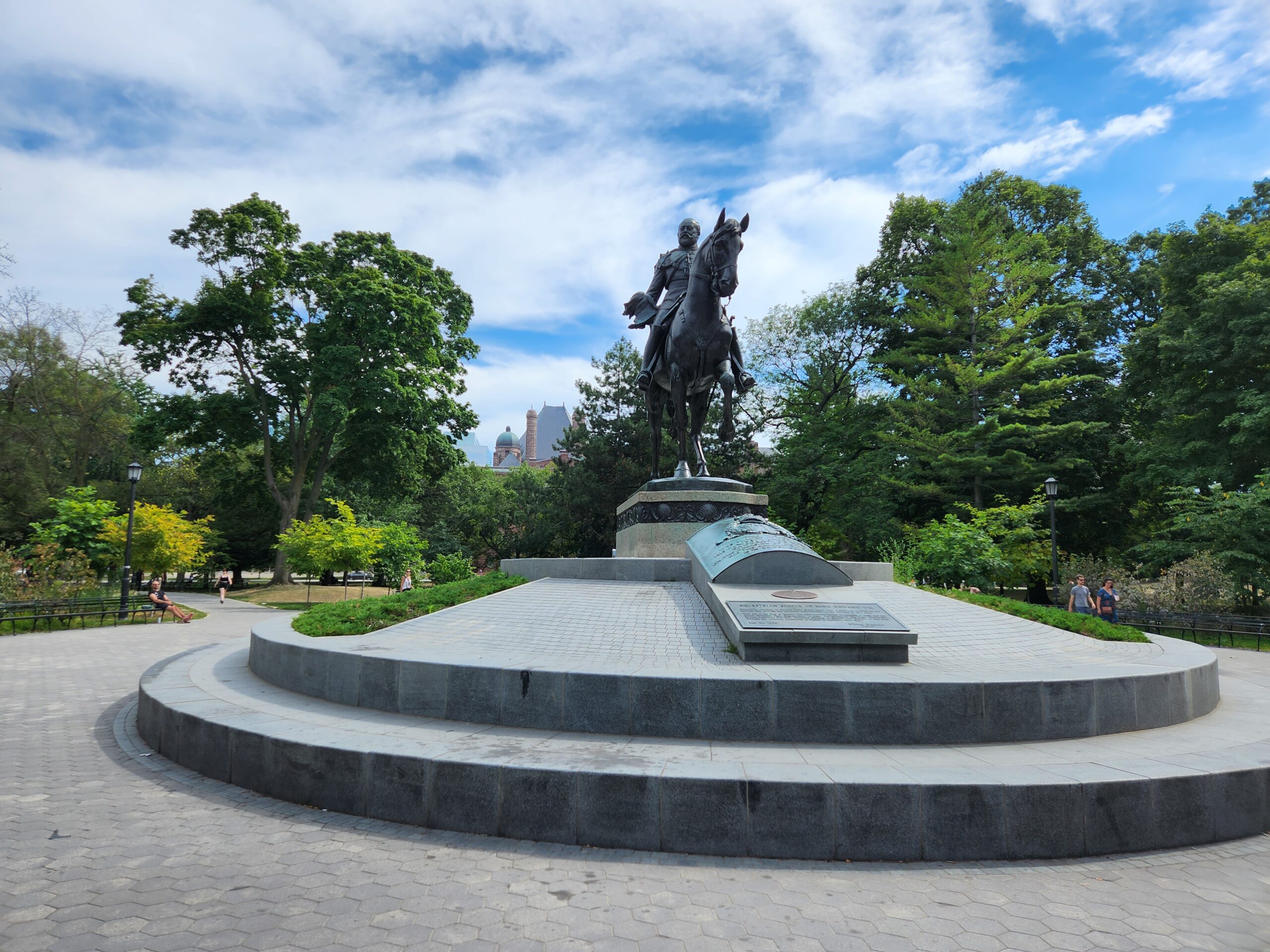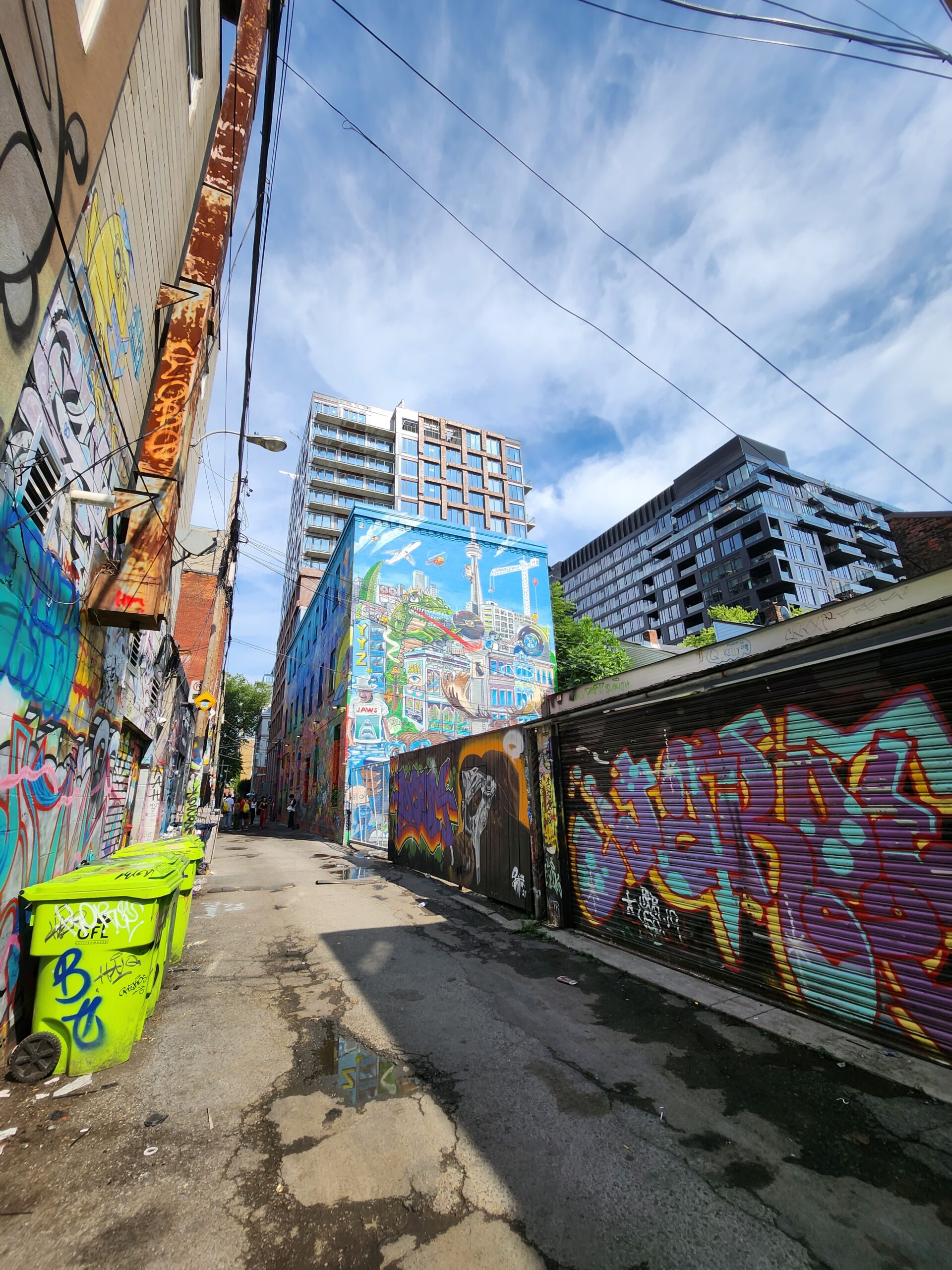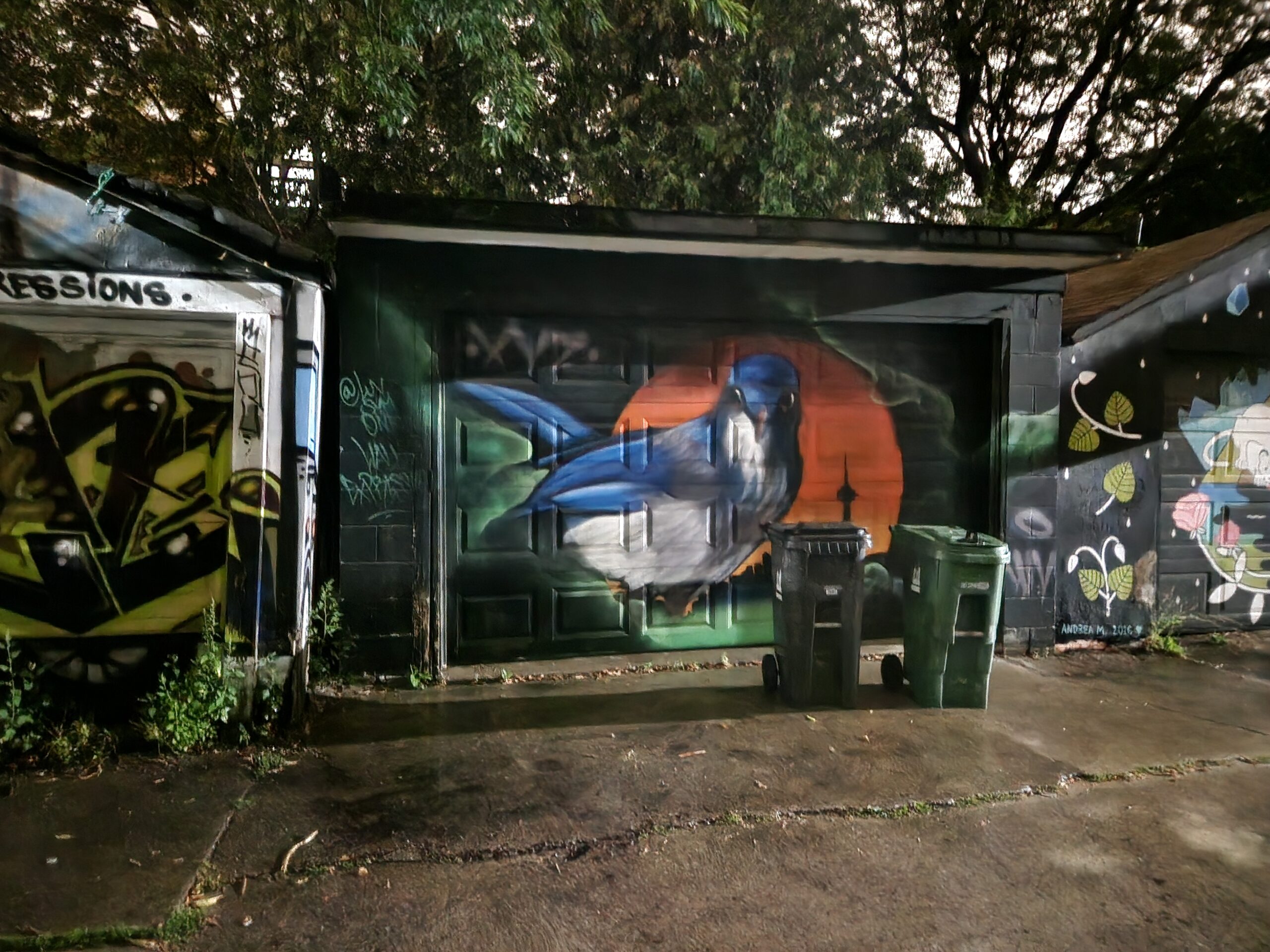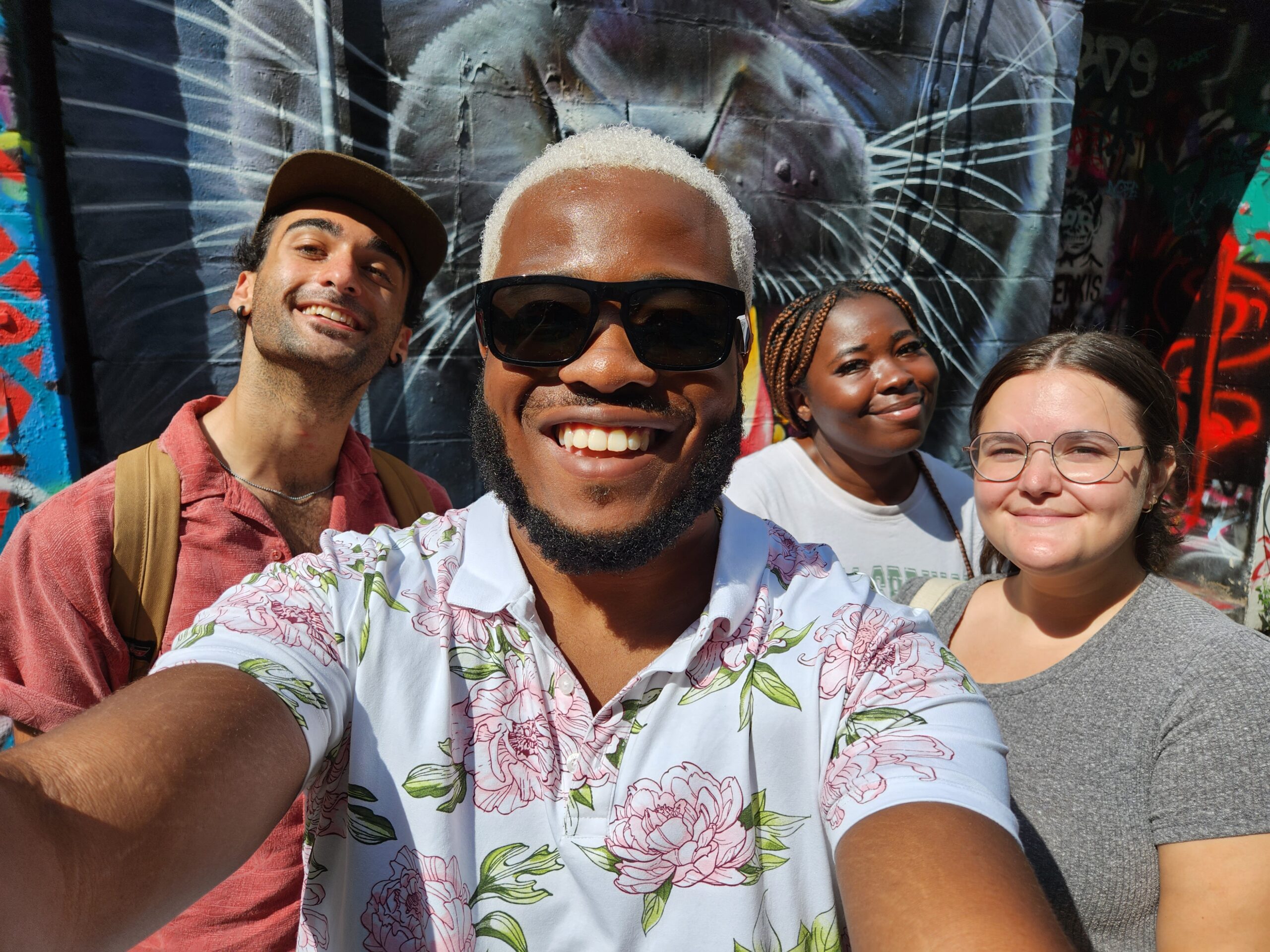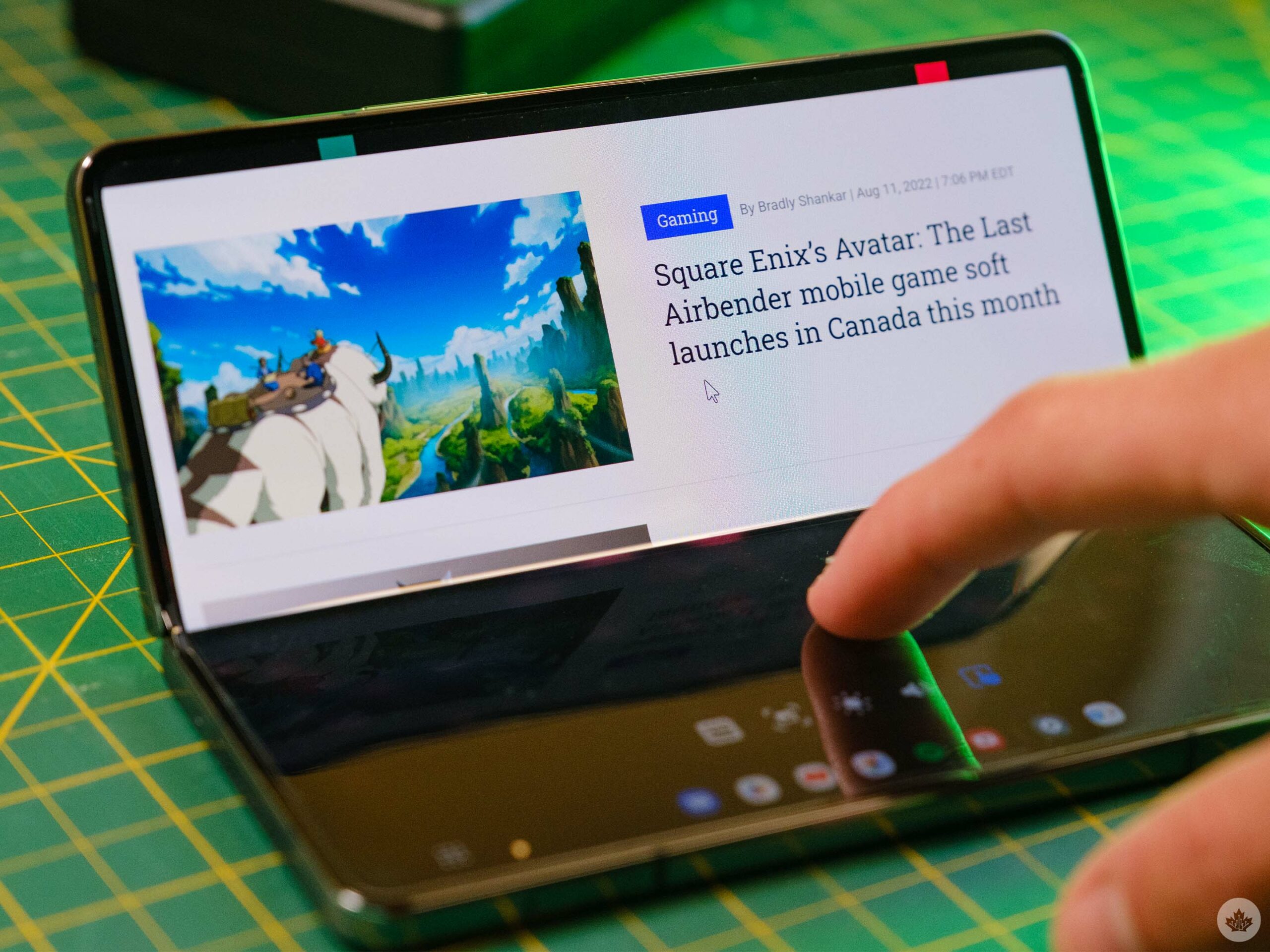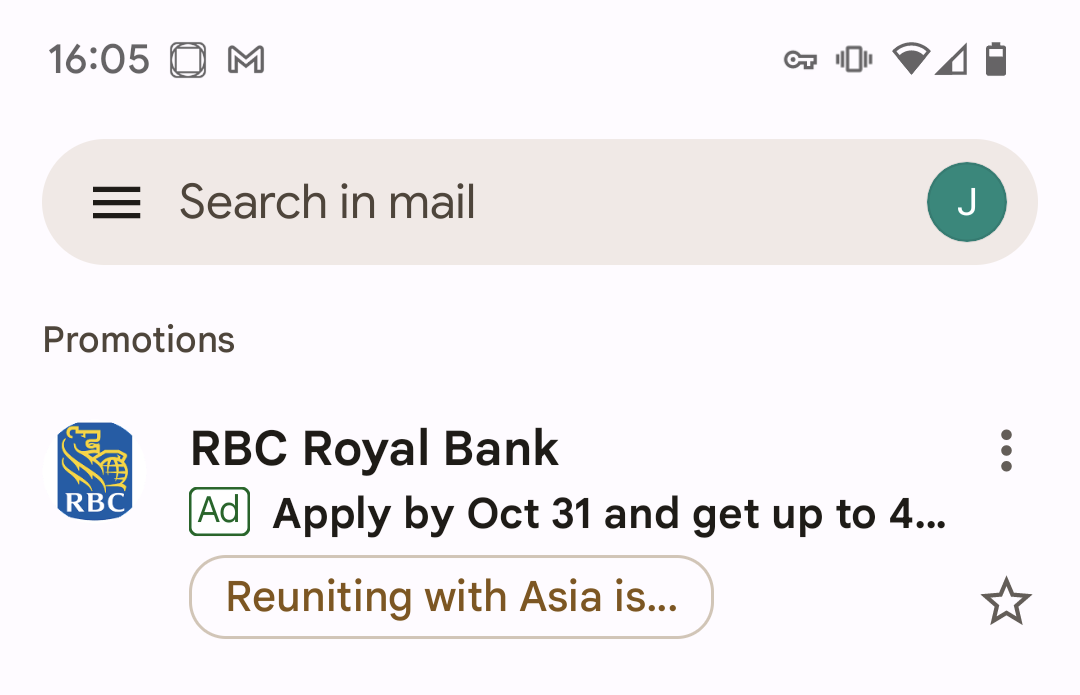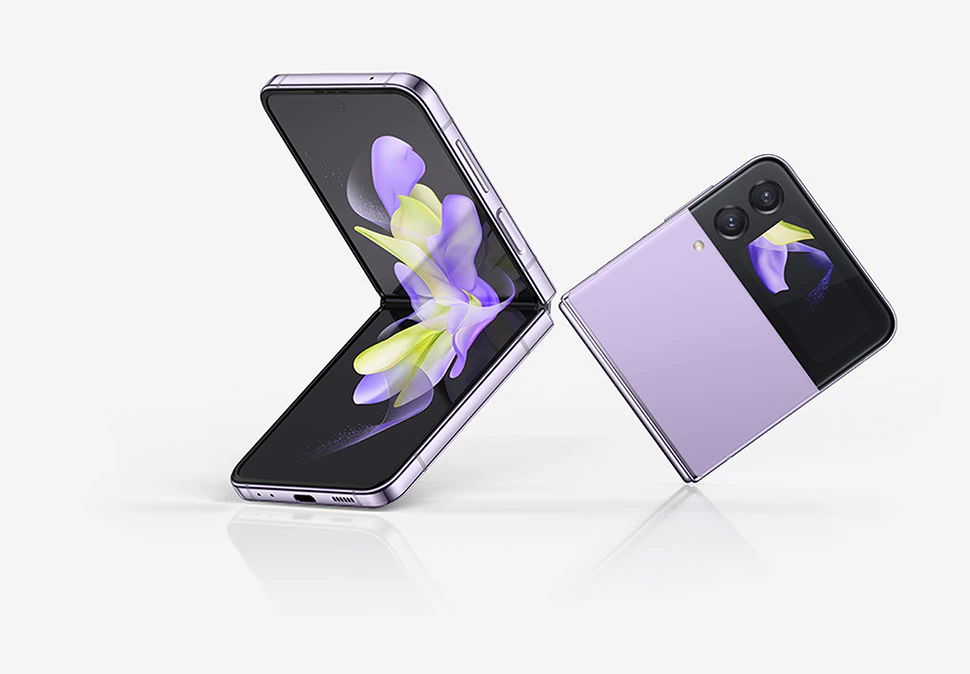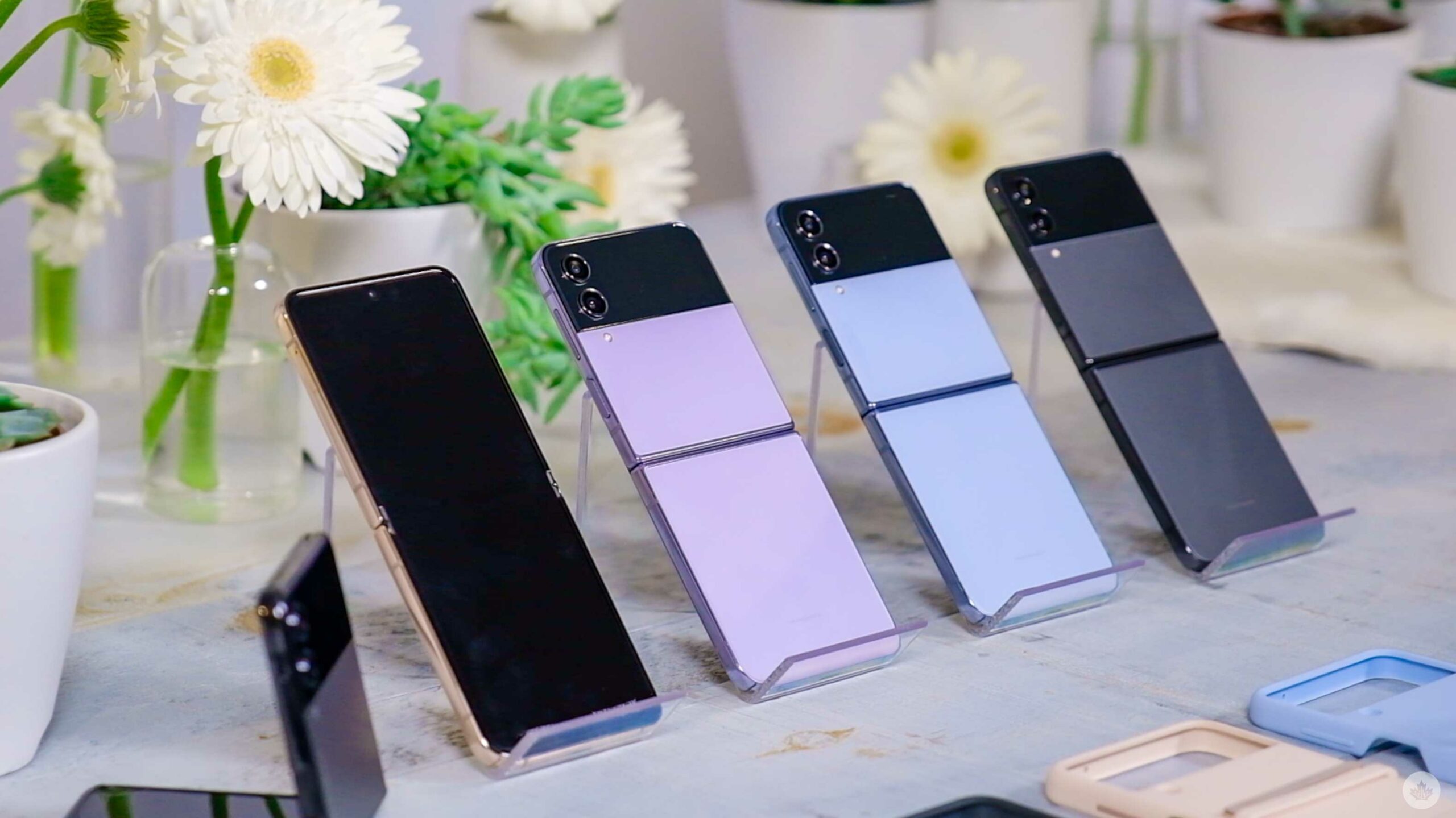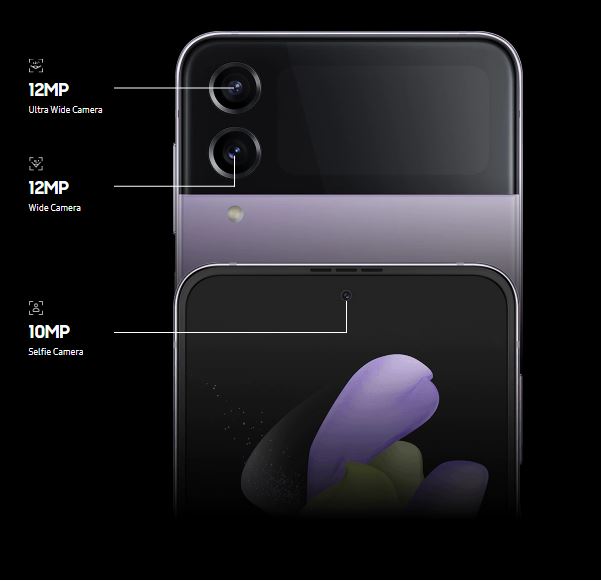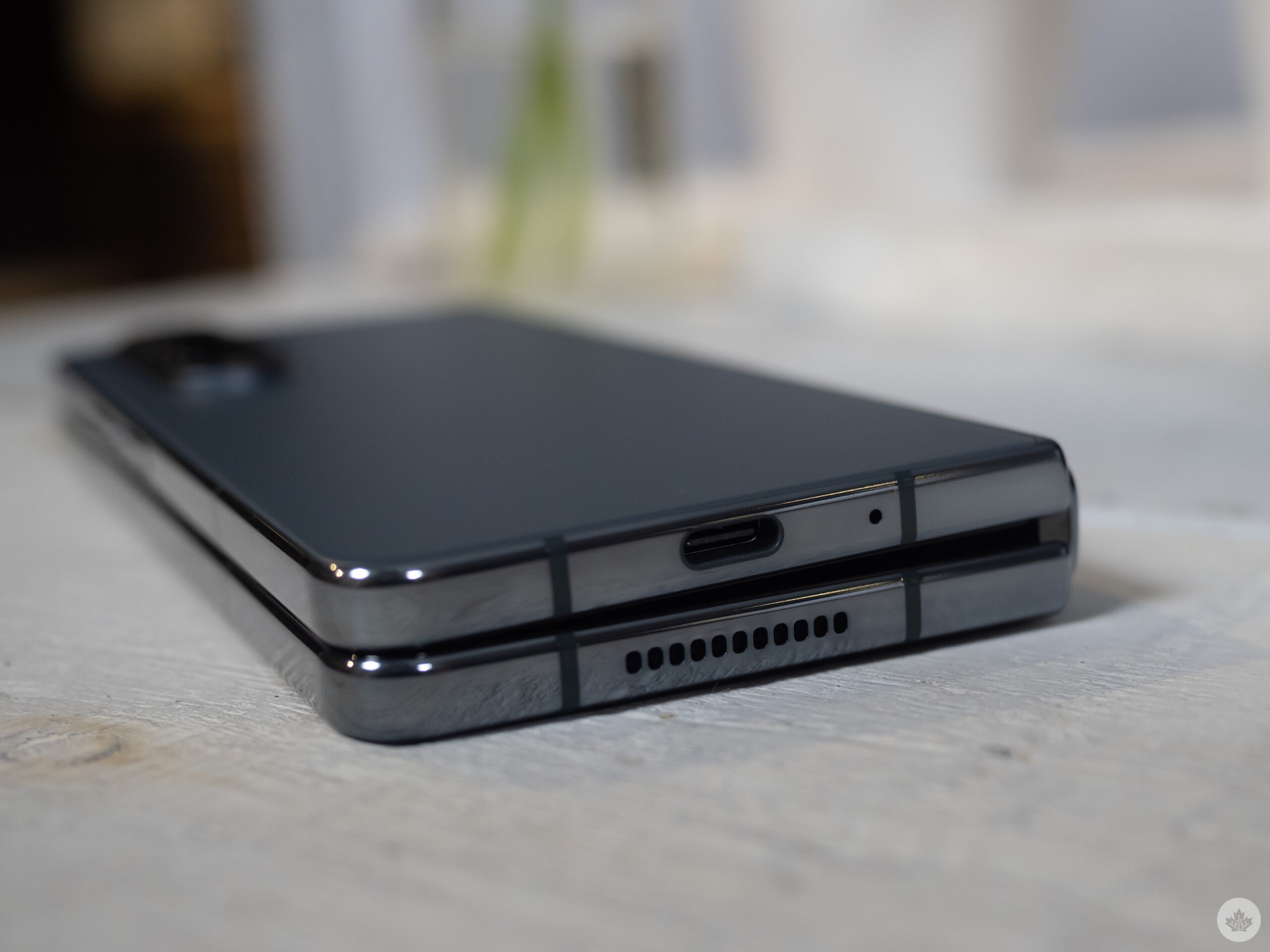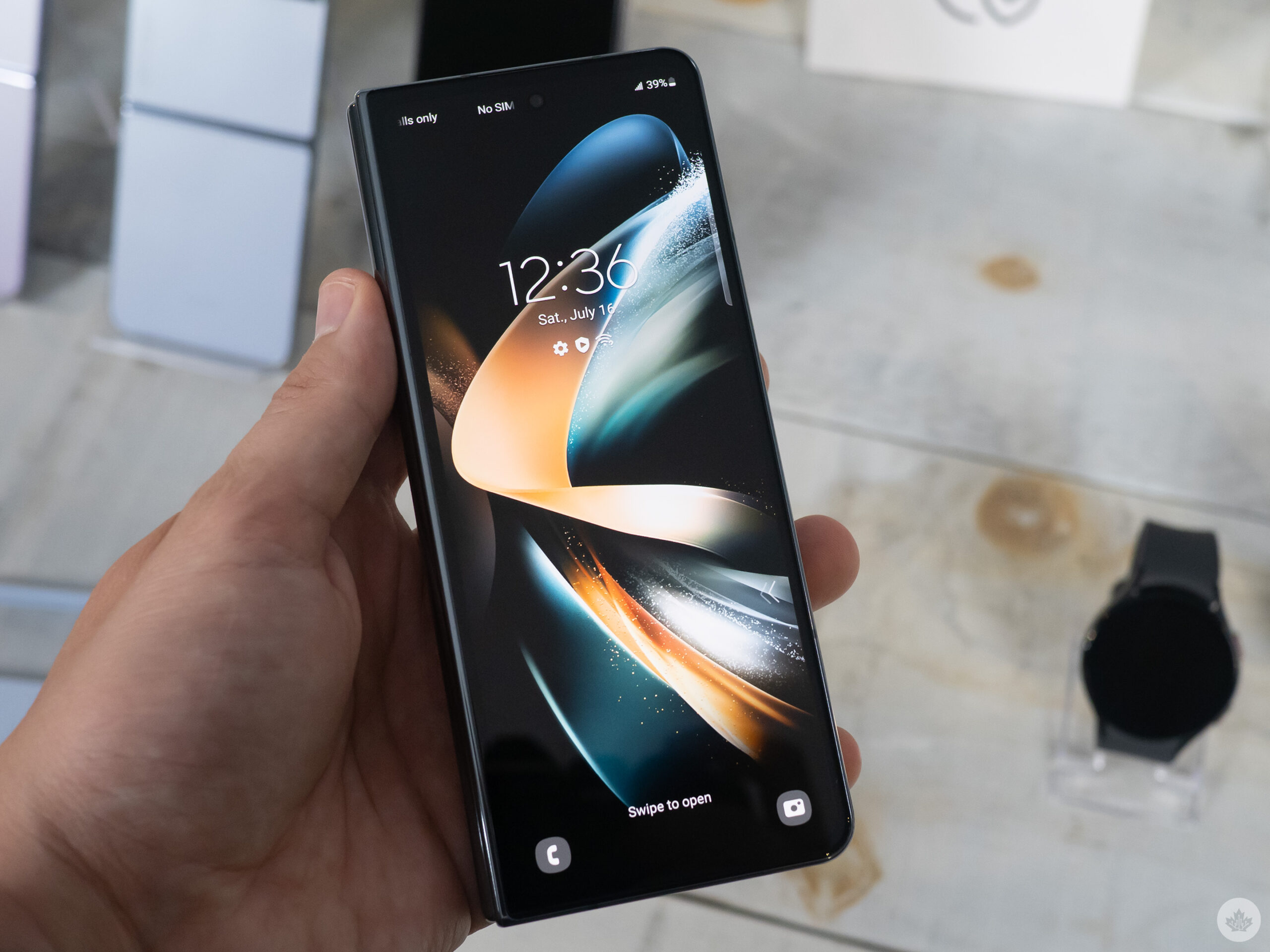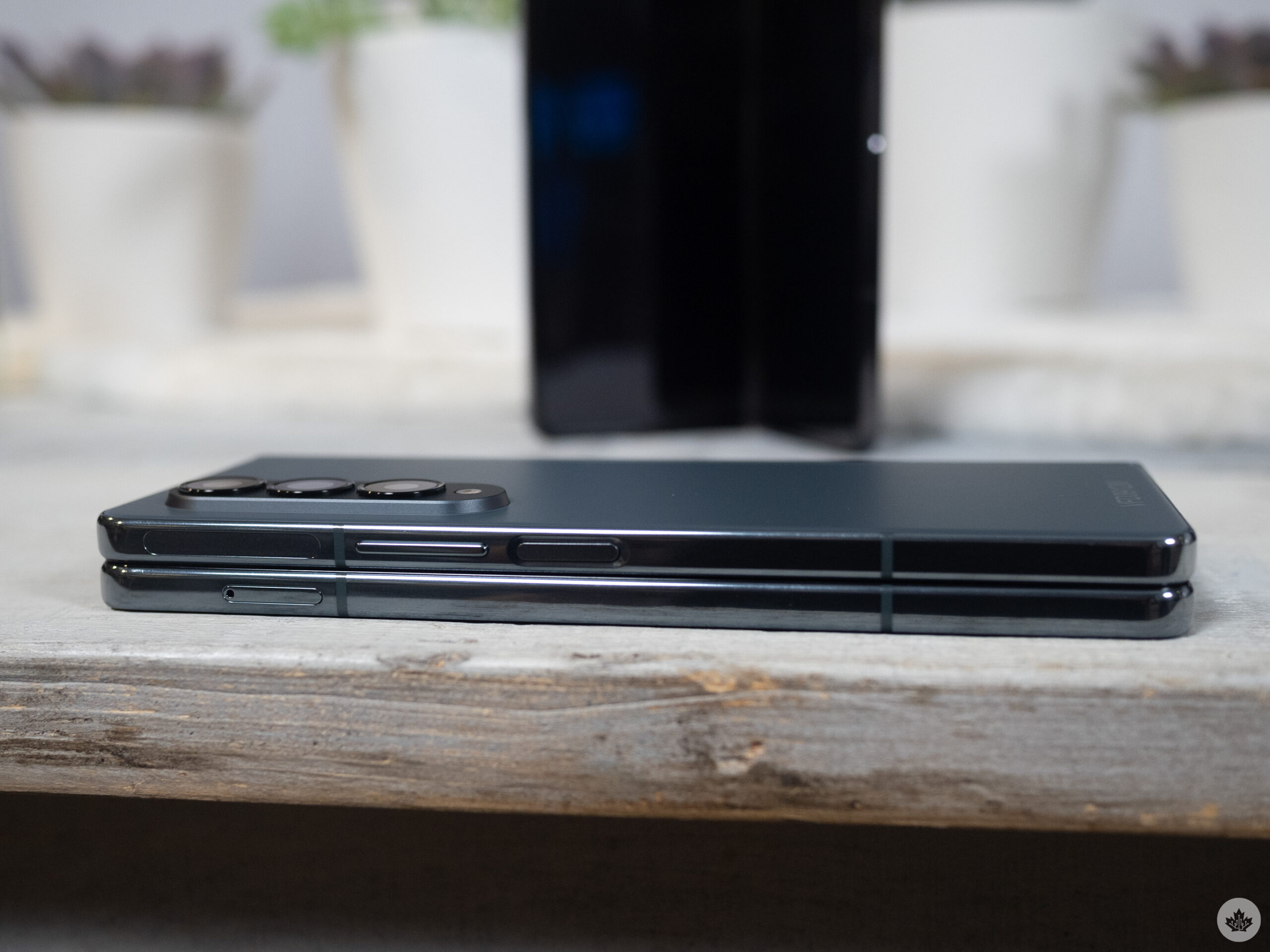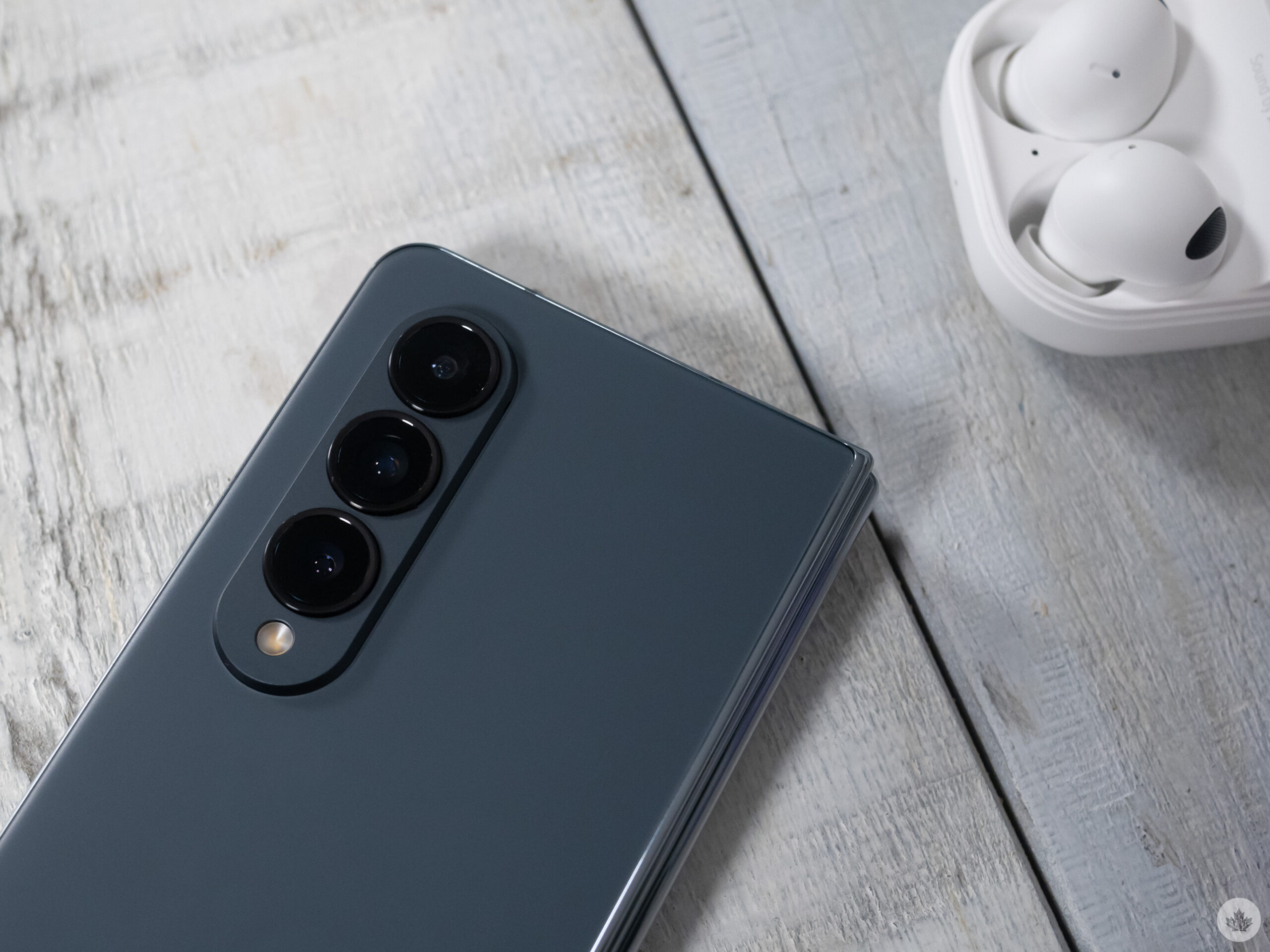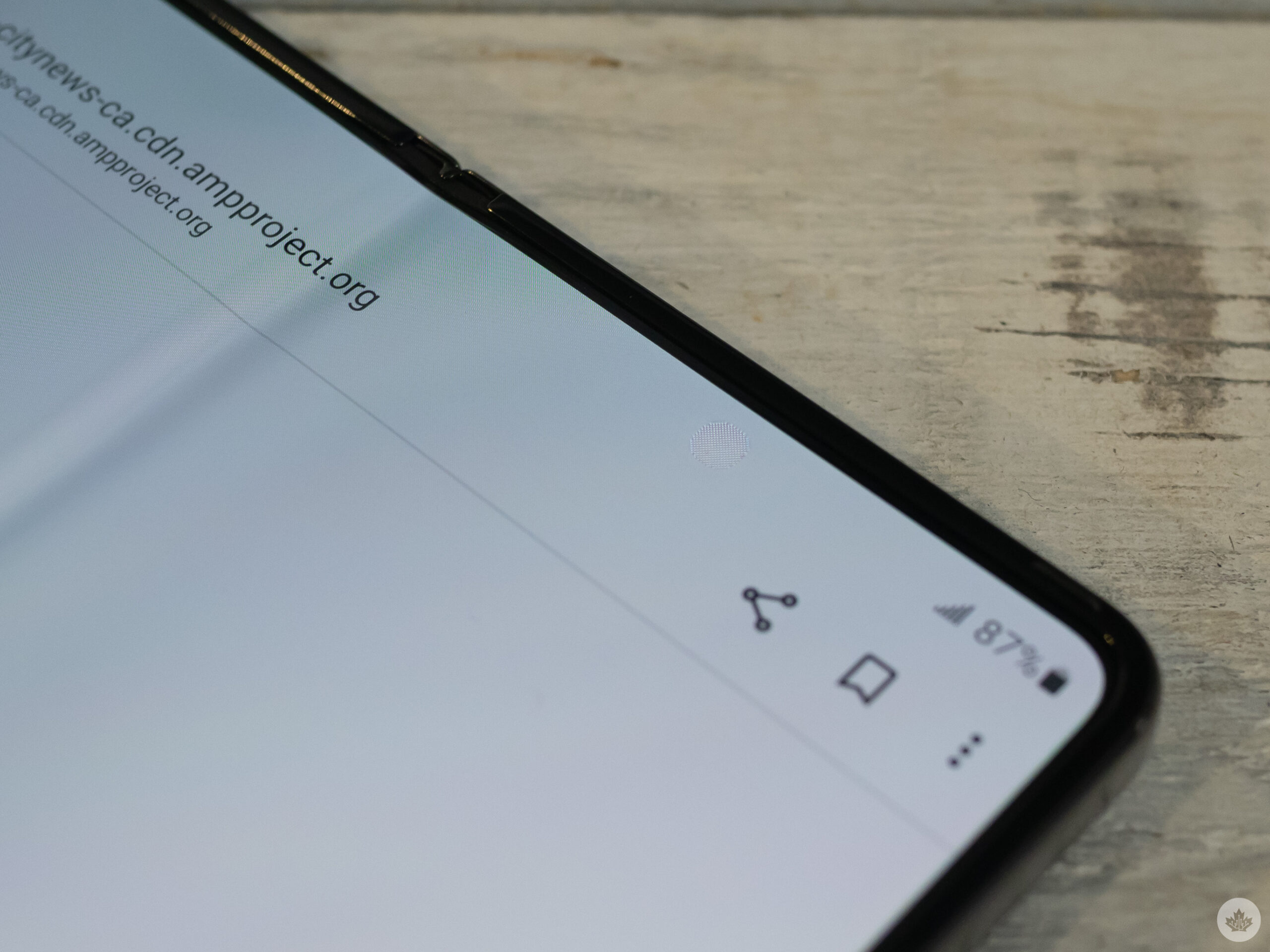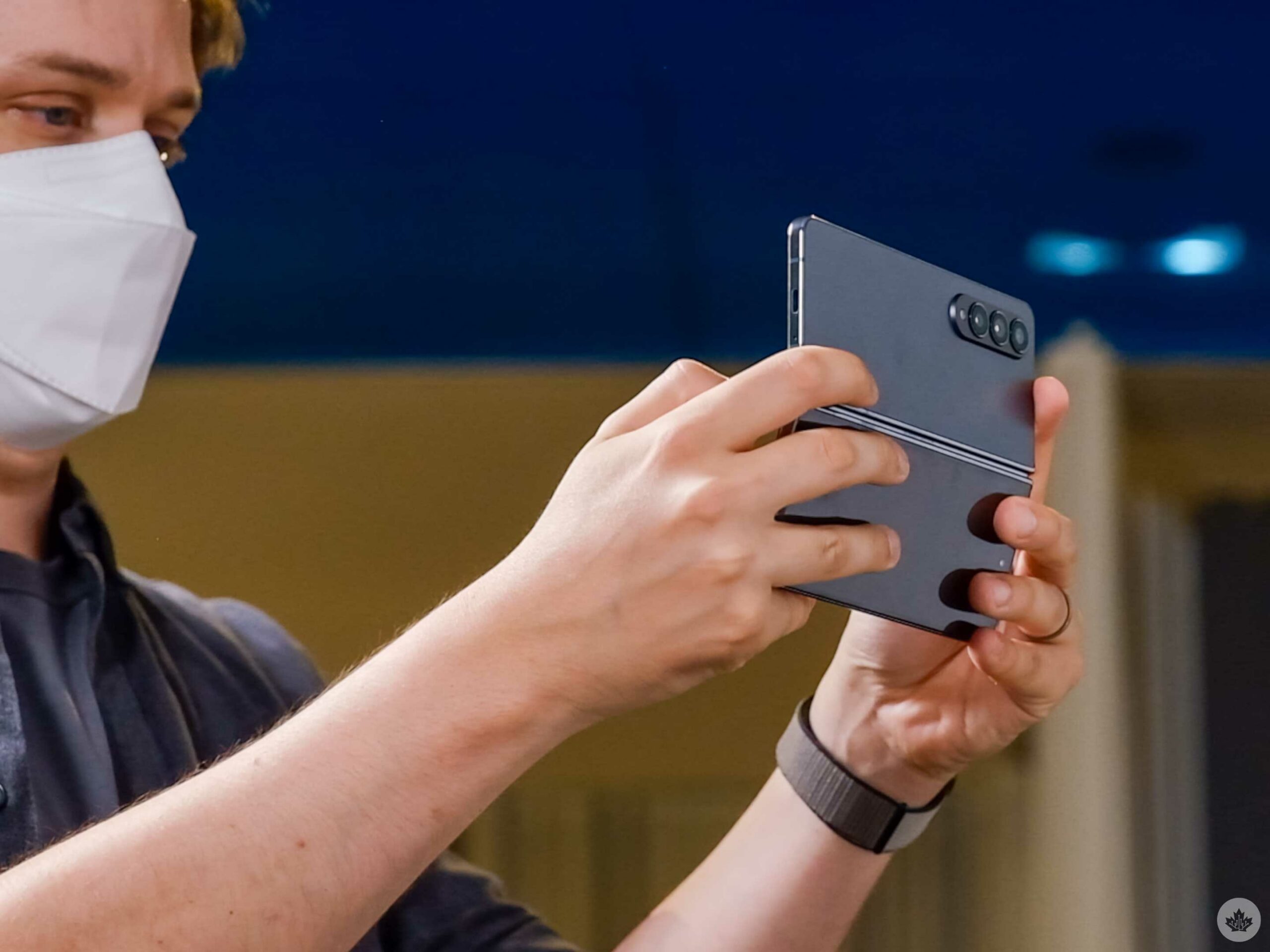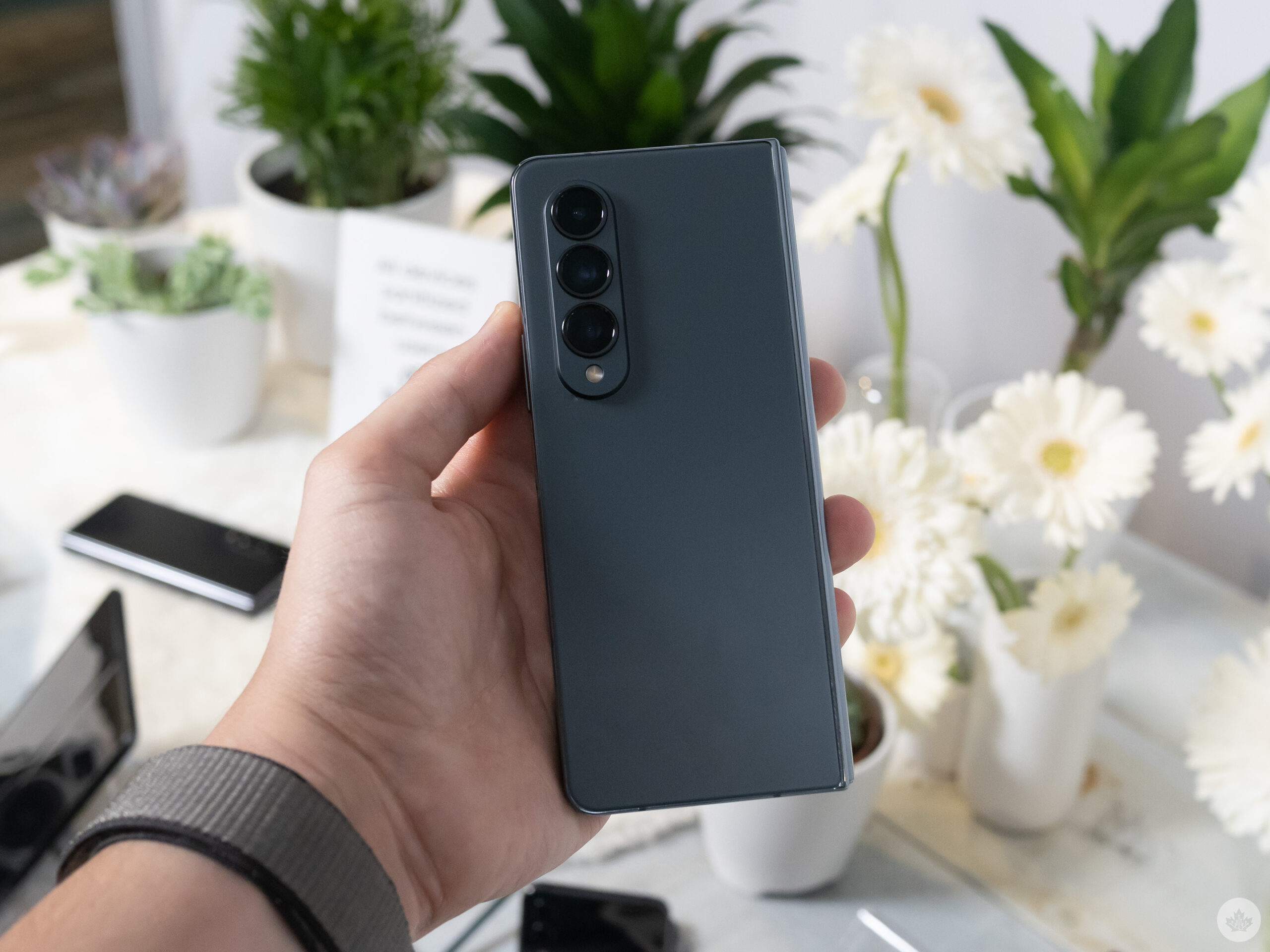Every year, Samsung launches various flagship-level smartphones, and my favourite for the last few years has been the Galaxy Z Fold.
My Galaxy Z Fold 3 was pickpocketed at the Istanbul airport this past July. It was pretty upsetting, and I noticed the lack of the device in my life. It was the phone I used for consuming content on YouTube and Netflix; it was what I used to read ebooks and where I would work on my portfolio of creative writing.
So getting my hands on the Fold 4 has offered a nice breath of fresh air. The foldable offers the best of the best, with specs that send Samsung’s S22 series running for the hills.
This year’s model is an upgrade from 2021’s foldable. You can expect a better camera setup, improved multi-tasking performance, and a slightly thinner design. With only two significant drawbacks, all this makes the Fold 4 a stellar handset for most people.
Samsung Galaxy Z Fold 4
Samsung Galaxy Z Fold 3
Samsung Galaxy S22 Ultra
Display
Main Screen: 7.6 inches 120Hz AMOLED 2x, Infinity Flex Display (2176 x 1812) | Cover Screen: 6.2 inches 120Hz Dynamic AMOLED 2X Display (2316 x 904)
7.6-inch QXGA+ Dynamic AMOLED 2X Infinity Flex, 2,208 x 1,768 pixels + 6.2-inch Dynamic AMOLED 2X, 2,268 x 832 pixels – 120Hz
6.8-inch Curved Dynamic AMOLED, 1,440 x 3,200 pixels, 20:9 aspect ratio, 120Hz display (variable 1-120Hz), HDR10+, 240Hz Touch Sampling in Games
Processor
Snapdragon 8 Gen 1 Plus
Snapdragon 888
Snapdragon 8 Gen 1
RAM
12GB of RAM
12GB of RAM
8GB of RAM, 12GB of RAM
Storage
256GB, 512GB and 1TB of storage
256GB/512GB of storage
128GB, 256GB, 512GB, 1TB
Dimensions (in.)
Folded: 67.1 x 155.1 x 15.8mm(Hinge) ~ 14.2mm(Sagging) | Unfolded: 130.1 x 155.1 x 6.3mm
Unfolded: 158.2 x 128.2 x 6.4 mm | Folded: 158.2. x 67.1 x 16 mm
163.3 x 77.9 x 8.9mm
Weight
263g
271g
229g
Rear Facing Camera
50MP Wide-angle Camera F1.8, 12MP Ultra Wide Camera F2.2, 10MP Telephoto Camera F2.4 | Cover camera: 10MP Selfie Camera F2.2
12-megapixel (wide, f/1.8) + 12-megapixel (Ultra wide, f/2.2) + 12-megapixel (telephoto, f/2.4)
108-megapixel (f/1.8), 12-megapixel (f/2.2, 120-degree), 10-megapixel (f/4.9, 10x zoom), 10-megapixel (f/2.4, 3x zoom)
Front Facing Camera
10 MP Cover Camera F/2.2 | 4MP Under Display Camera F1.8
10-megapixel (f/2.2) + 4-megapixel (f/1.8)
40-megapixel (f/2.2)
OS
Android 12
Android 11
Android 12, One UI 4.1
Battery
4,400 mAh
4,400mAh
5,000mAh
Network Connectivity
LTE/5G
LTE/ 5G
5G, LTE, Wi-Fi 6E
Sensors
Capacitive Fingerprint sensor (side), Accelerometer, Barometer, Gyro sensor, Geomagnetic sensor, Hall sensor, Proximity sensor, Light sensor
Fingerprint sensor (side mounted), accelerometer, gyro, proximity sensor, compass, barometer
Fingerprint (in-display), accelerometor, gyro, proximity, compass
SIM Type
Nano SIM
Nano SIM
Nano SIM, eSIM
Launch Date
August 10, 2022
August 11, 2021
February 25, 2022
Misc
Graygreen, Phantom Black, Beige [Samsung.com Exclusive] Burgundy
Colours: Phantom Black, Phantom Green, Phantom Silver
Colours: ‘Phantom Black,’ ‘Phantom White,’ ‘Green,’ ‘Burgundy,’ and Samsung exclusive colours ‘Gray,’ ‘Light Blue,’ and ‘Red.’ & S Pen with 2.8 m/s latency
Display
Samsung Galaxy Z Fold 4
Main Screen: 7.6 inches 120Hz AMOLED 2x, Infinity Flex Display (2176 x 1812) | Cover Screen: 6.2 inches 120Hz Dynamic AMOLED 2X Display (2316 x 904)
Samsung Galaxy Z Fold 3
7.6-inch QXGA+ Dynamic AMOLED 2X Infinity Flex, 2,208 x 1,768 pixels + 6.2-inch Dynamic AMOLED 2X, 2,268 x 832 pixels – 120Hz
Samsung Galaxy S22 Ultra
6.8-inch Curved Dynamic AMOLED, 1,440 x 3,200 pixels, 20:9 aspect ratio, 120Hz display (variable 1-120Hz), HDR10+, 240Hz Touch Sampling in Games
Processor
Samsung Galaxy Z Fold 4
Snapdragon 8 Gen 1 Plus
Samsung Galaxy Z Fold 3
Snapdragon 888
Samsung Galaxy S22 Ultra
Snapdragon 8 Gen 1
RAM
Samsung Galaxy Z Fold 4
12GB of RAM
Samsung Galaxy Z Fold 3
12GB of RAM
Samsung Galaxy S22 Ultra
8GB of RAM, 12GB of RAM
Storage
Samsung Galaxy Z Fold 4
256GB, 512GB and 1TB of storage
Samsung Galaxy Z Fold 3
256GB/512GB of storage
Samsung Galaxy S22 Ultra
128GB, 256GB, 512GB, 1TB
Dimensions (in.)
Samsung Galaxy Z Fold 4
Folded: 67.1 x 155.1 x 15.8mm(Hinge) ~ 14.2mm(Sagging) | Unfolded: 130.1 x 155.1 x 6.3mm
Samsung Galaxy Z Fold 3
Unfolded: 158.2 x 128.2 x 6.4 mm | Folded: 158.2. x 67.1 x 16 mm
Samsung Galaxy S22 Ultra
163.3 x 77.9 x 8.9mm
Weight
Samsung Galaxy Z Fold 4
263g
Samsung Galaxy Z Fold 3
271g
Samsung Galaxy S22 Ultra
229g
Rear Facing Camera
Samsung Galaxy Z Fold 4
50MP Wide-angle Camera F1.8, 12MP Ultra Wide Camera F2.2, 10MP Telephoto Camera F2.4 | Cover camera: 10MP Selfie Camera F2.2
Samsung Galaxy Z Fold 3
12-megapixel (wide, f/1.8) + 12-megapixel (Ultra wide, f/2.2) + 12-megapixel (telephoto, f/2.4)
Samsung Galaxy S22 Ultra
108-megapixel (f/1.8), 12-megapixel (f/2.2, 120-degree), 10-megapixel (f/4.9, 10x zoom), 10-megapixel (f/2.4, 3x zoom)
Front Facing Camera
Samsung Galaxy Z Fold 4
10 MP Cover Camera F/2.2 | 4MP Under Display Camera F1.8
Samsung Galaxy Z Fold 3
10-megapixel (f/2.2) + 4-megapixel (f/1.8)
Samsung Galaxy S22 Ultra
40-megapixel (f/2.2)
OS
Samsung Galaxy Z Fold 4
Android 12
Samsung Galaxy Z Fold 3
Android 11
Samsung Galaxy S22 Ultra
Android 12, One UI 4.1
Battery
Samsung Galaxy Z Fold 4
4,400 mAh
Samsung Galaxy Z Fold 3
4,400mAh
Samsung Galaxy S22 Ultra
5,000mAh
Network Connectivity
Samsung Galaxy Z Fold 4
LTE/5G
Samsung Galaxy Z Fold 3
LTE/ 5G
Samsung Galaxy S22 Ultra
5G, LTE, Wi-Fi 6E
Sensors
Samsung Galaxy Z Fold 4
Capacitive Fingerprint sensor (side), Accelerometer, Barometer, Gyro sensor, Geomagnetic sensor, Hall sensor, Proximity sensor, Light sensor
Samsung Galaxy Z Fold 3
Fingerprint sensor (side mounted), accelerometer, gyro, proximity sensor, compass, barometer
Samsung Galaxy S22 Ultra
Fingerprint (in-display), accelerometor, gyro, proximity, compass
SIM Type
Samsung Galaxy Z Fold 4
Nano SIM
Samsung Galaxy Z Fold 3
Nano SIM
Samsung Galaxy S22 Ultra
Nano SIM, eSIM
Launch Date
Samsung Galaxy Z Fold 4
August 10, 2022
Samsung Galaxy Z Fold 3
August 11, 2021
Samsung Galaxy S22 Ultra
February 25, 2022
Misc
Samsung Galaxy Z Fold 4
Graygreen, Phantom Black, Beige [Samsung.com Exclusive] Burgundy
Samsung Galaxy Z Fold 3
Colours: Phantom Black, Phantom Green, Phantom Silver
Samsung Galaxy S22 Ultra
Colours: ‘Phantom Black,’ ‘Phantom White,’ ‘Green,’ ‘Burgundy,’ and Samsung exclusive colours ‘Gray,’ ‘Light Blue,’ and ‘Red.’ & S Pen with 2.8 m/s latency
‘If it ain’t broke’
The Galaxy Z Fold 4’s design isn’t particularly exciting or new, but ‘if it ain’t broke,’ right?
The foldable looks like last year’s Z Fold 3 with slightly different dimensions. The Cover display has a slightly wider aspect ratio, making it more familiar to candy bar phone users. It’s not the same, but I appreciated the subtle change. I noticed I used the Cover display far more than I would before, which was undoubtedly due to the wider aspect ratio.
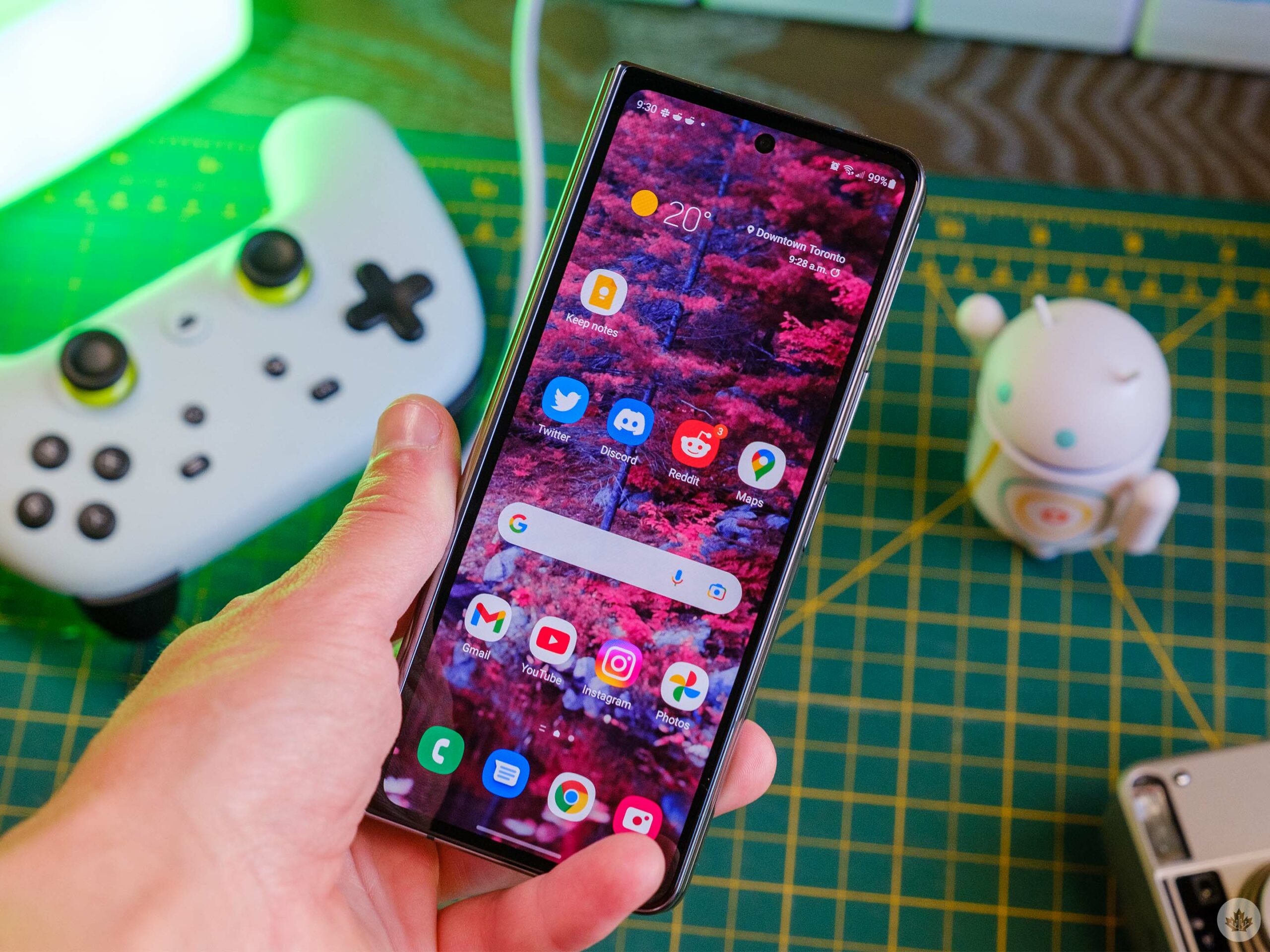
When you open up the handset, you get that same 7.6-inch display that’s similar to a tablet alongside an under-display camera (UDC). The UDC seems even less noticeable than it was last year. So much so that I often forget it’s even a part of the phone. I’ve come to the point of realizing that I don’t think it’s needed, but I guess it’s good for those who want to use it. The foldable display crease is still noticeable, but like I said last year, you can easily forget about it. If you’re someone who can’t look past the crease, then this phone — and most foldable devices — aren’t for you.
Dimensions-wise, the Fold 4 is slightly shorter and thinner than last year’s model, but when unfolded, it’s also wider. I found the difference in size pretty negligible, although I immediately noticed the contrast in weight. Although 263g versus 271g isn’t the most significant change, the weight was noteworthy for someone who used the Fold 3 as his daily driver. Don’t get me wrong, this is still a foldable phone with two screens, which means it’s still quite hefty, especially in comparison to your everyday run-of-the-mill handset. If you’re not a fan of the larger design, again, foldables likely aren’t for you.
The handset feels solid with its armour aluminum frame, similar to last year. Also, like the Fold 3, the Fold 4 boasts IPX8 water resistance, which means it’s good up to 1.5 meters but isn’t graded against dust.
I’m shocked that the Fold 4 doesn’t offer storage for the S Pen. I previously thought that Samsung would try and pair the Fold 4 with the stylus similar to the Galaxy S22 Ultra, but that isn’t the case. I’m not someone who typically uses the Samsung stylus, so it wasn’t a significant omission for me.
Both displays are great, beautifully showcasing Netflix videos and Instagram photos. The colours are vibrant and pop, allowing me to watch YouTube videos on either display easily. Both also offer a 120Hz refresh rate, which is great for scrolling through Twitter and more Instagram photos.
Camera worthy of a flagship
Speaking of photography, the Fold 4’s camera is the highlight difference between it and last year’s model. This time around, the device features a 50-megapixel primary shooter, 10-megapixel telephoto with 3x optical zoom and the same 12-megapixel ultrawide camera.
The 50-megapixel primary shooter is shockingly good. Pictures are sharp, bright and vivid, and like always, there’s a bit of oversaturation, but it’s not the worst thing. The sky is slightly bluer, and the grass is a bit greener, but maybe that positivity is something I need in my life. Oversaturation notwithstanding, the primary shooter also has a great high dynamic range, showcasing the difference in bright whites and darker shadows.
Even my Black skin tone was highlighted beautifully in these images and far more true to life than with Samsung’s previous foldables. This is a particular issue I’ve found with the company’s smartphones in the past, and I’m happy that the quality of darker skin images has improved.

Details taken with the primary shooter are also admirable. Selfies taken with the primary shooter (using the Cover display as the viewfinder) show details in facial hair, brickwork isn’t too sharp, and even foliage looks pretty good as long as you’re not zooming in to inspect the digitally sharpened edges.
Lowlight images have also been improved. Before, lowlight images lacked detail, and the colouring was off, but this time the photos were well lit, the colours were more vibrant, and there were far more details. While one of the cons of the Z Fold 3 was its cameras didn’t match up to the price point, this time, I’m glad to say that’s changed.
Even selfies on the UDC and the Cover display have improved slightly. Hardware-wise, both shooters use the same 4-megapixel and 10-megapixel sensors as last year. According to GSMArena, the lens changed slightly on the Cover display’s front camera, likely to let in more light for shots. I didn’t spend too much time with these selfies shooters, however. When you can take selfies with your main shooters, the only thing actual front-facing cameras should be used for is video chatting.
Taskbar of champions
The Z Fold 4 is a multi-tasking champion, and thankfully it has 12GB of RAM and a Snapdragon 8+ Gen 1 to help it truck along without any issues. With the phone, split screening is a breeze. I’d often have Google Play Books on one side and my messaging app on the other side of the screen without any issues. I even used the phone to write out some of this review. The split screening was also great for the review process, as I’d have my 2021 Z Fold 3 review on one page and my draft of this review on the other.
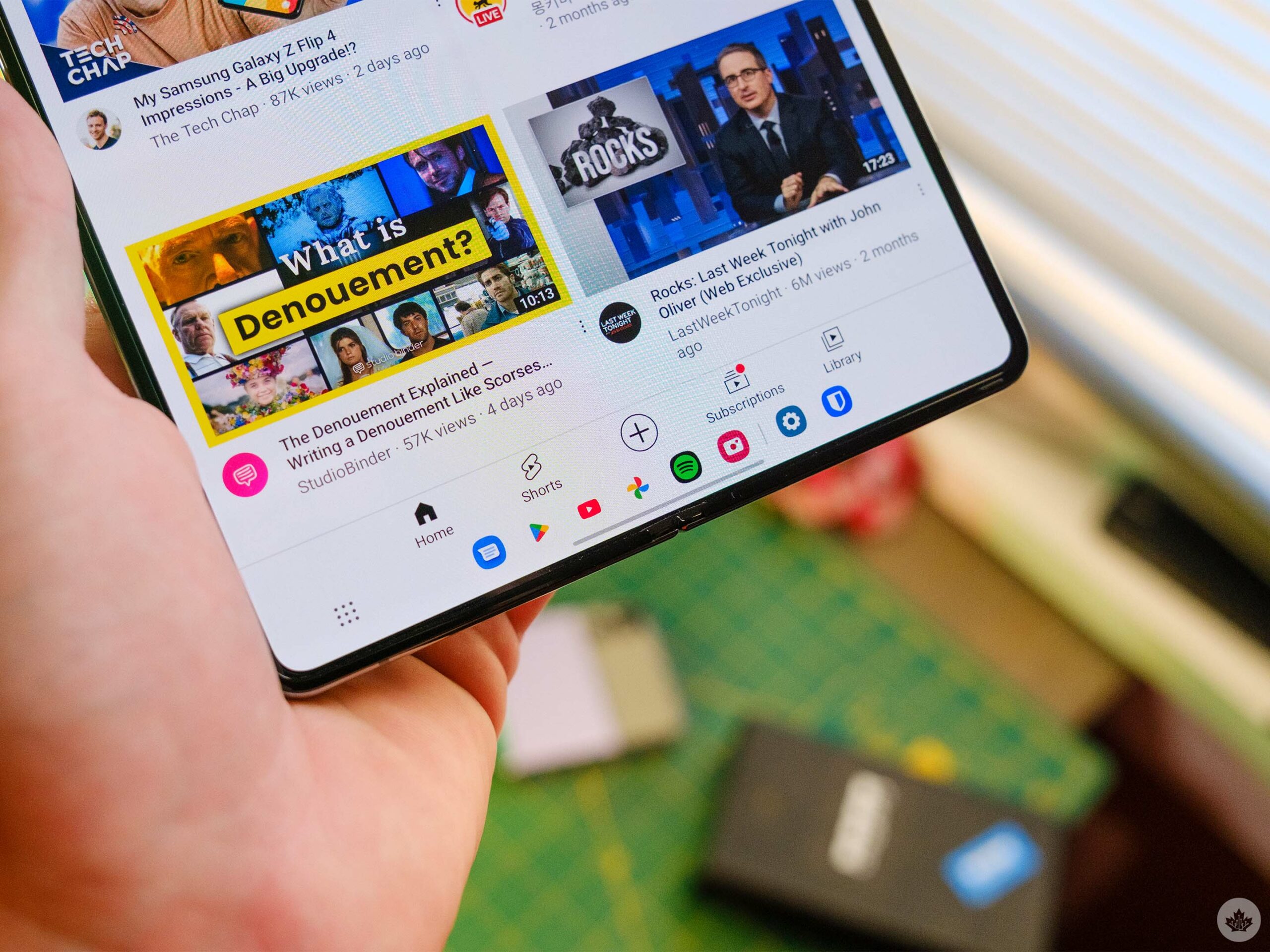
Other features like having the taskbar at the bottom when you’re using the main screen help you easily switch between apps. The taskbar always shows the apps you have pinned at the bottom of your homepage, but they are minimized, so it’s not in the way. You also have access to your two most recently opened apps and a shortcut to the entire app folder. I found the taskbar so helpful that I no longer needed the Edge panel, a pull-out tray on the right side of your display where you can store apps, contacts, tools and more. It’s been a feature on many past Samsung smartphones and something I used a lot on the Z Fold 3, but this taskbar is the perfect replacement.
Benchmark-wise, the Fold 4 does pretty well for itself. The Snapdragon 8+ Gen 1 beats the S22 Ultra's 8 Gen 1 and the Pixel 6's Tensor chipset. However, similar to all other Android devices, it pales compared to Apple's A-series chips.
While the Fold 4 is excellent for all the serious productivity and ease of use features, it's also great for gaming. I can play games like League of Legends: Wild Rift and Apex Legends Mobile with no concerns. However, I couldn't play either game at the full 120Hz refresh rate. The phone doesn't get warm after multiple rounds, which is a good sign.
I have a lot of great things to say about the Z Fold 4, but the battery isn't one of them.

I could make it through the day with the Z Fold 4 with about four to five hours of screen time. This is about the same results I got on last year's Fold 3, so I was hoping for something better this time. It's not the worst battery on the market, but come on, Samsung, the same 4,400mAh battery two years in a row is lame.
It's worth noting that Samsung didn't provide me with an S Pen to test this time, so if you want S Pen details, check out the Z Fold 3 review. Nothing has changed this time around, so it should be a similar experience.
Another aspect I can't talk about is 5G. Unfortunately, I'm still living in a 4G LTE world as my carrier lacks the newer bands. You can check out some of our other work about 5G in and around Toronto here.
If you already have the Z Fold 3, you probably shouldn't upgrade unless you have the money and plan on trading up for the better model. But if you have Fold 2 or the original Fold, you might want to get the Fold 4 as it's far better than those models.
There's nothing truly all that bad about the Fold. If you don't like a huge handset, then the Fold 4 probably isn't for you. But if you don't mind the larger form factor, you should definitely give this a shot. Previously, I would say you're losing out on the camera aspects, but this time around, that's not the case.
The price point is still a big concern for those interested in the Fold 4. At the Samsung Store, you can grab the 512GB of storage variant for $2,269 as a free memory upgrade -- however, the free memory upgrade is just part of an offer, and the 256GB of storage variant is typically priced at $2,269. That's a lot of money for a smartphone, no matter how it folds.
For those not wanting to spend all that money on a phone, you should check out Brad Bennett's review of the Z Flip 4, which offers a different experience at a lower price point.



